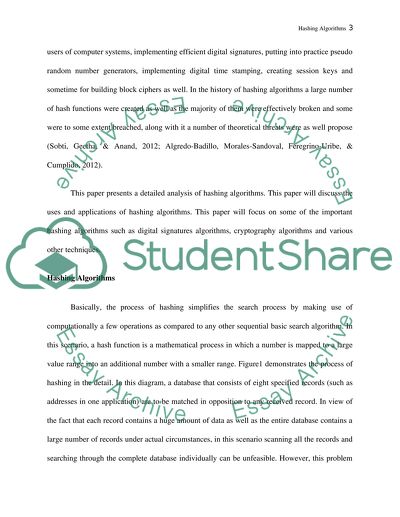Cite this document
(“Hashing Algorithm Research Paper Example | Topics and Well Written Essays - 2500 words”, n.d.)
Hashing Algorithm Research Paper Example | Topics and Well Written Essays - 2500 words. Retrieved from https://studentshare.org/information-technology/1481721-hashing-algorithm
Hashing Algorithm Research Paper Example | Topics and Well Written Essays - 2500 words. Retrieved from https://studentshare.org/information-technology/1481721-hashing-algorithm
(Hashing Algorithm Research Paper Example | Topics and Well Written Essays - 2500 Words)
Hashing Algorithm Research Paper Example | Topics and Well Written Essays - 2500 Words. https://studentshare.org/information-technology/1481721-hashing-algorithm.
Hashing Algorithm Research Paper Example | Topics and Well Written Essays - 2500 Words. https://studentshare.org/information-technology/1481721-hashing-algorithm.
“Hashing Algorithm Research Paper Example | Topics and Well Written Essays - 2500 Words”, n.d. https://studentshare.org/information-technology/1481721-hashing-algorithm.


